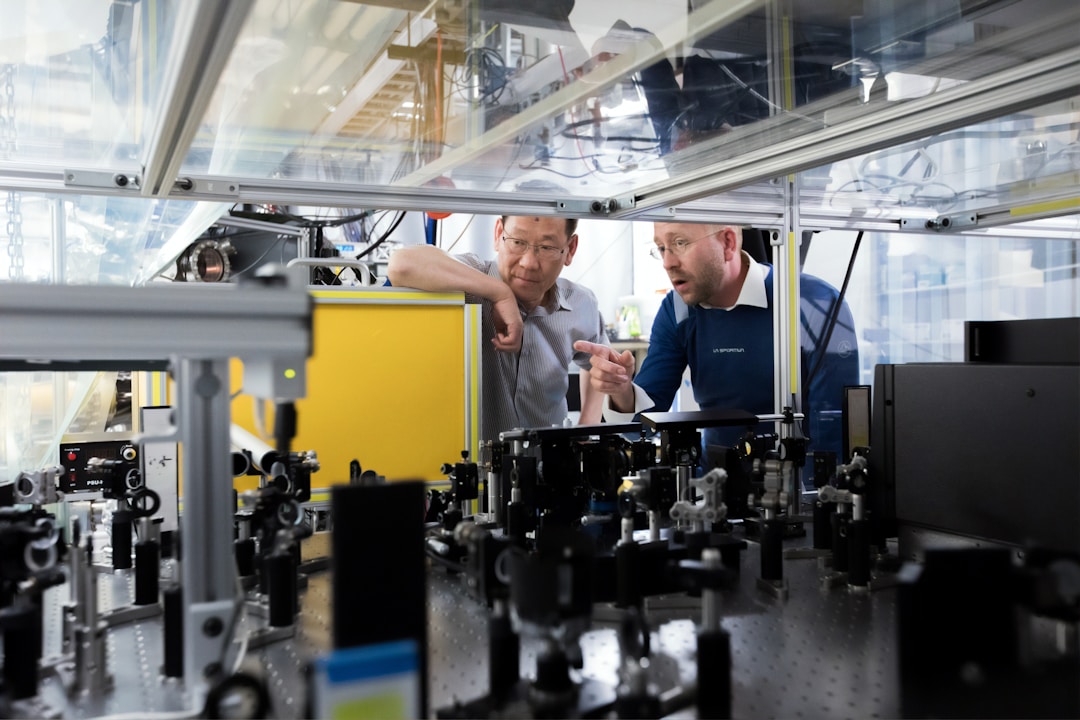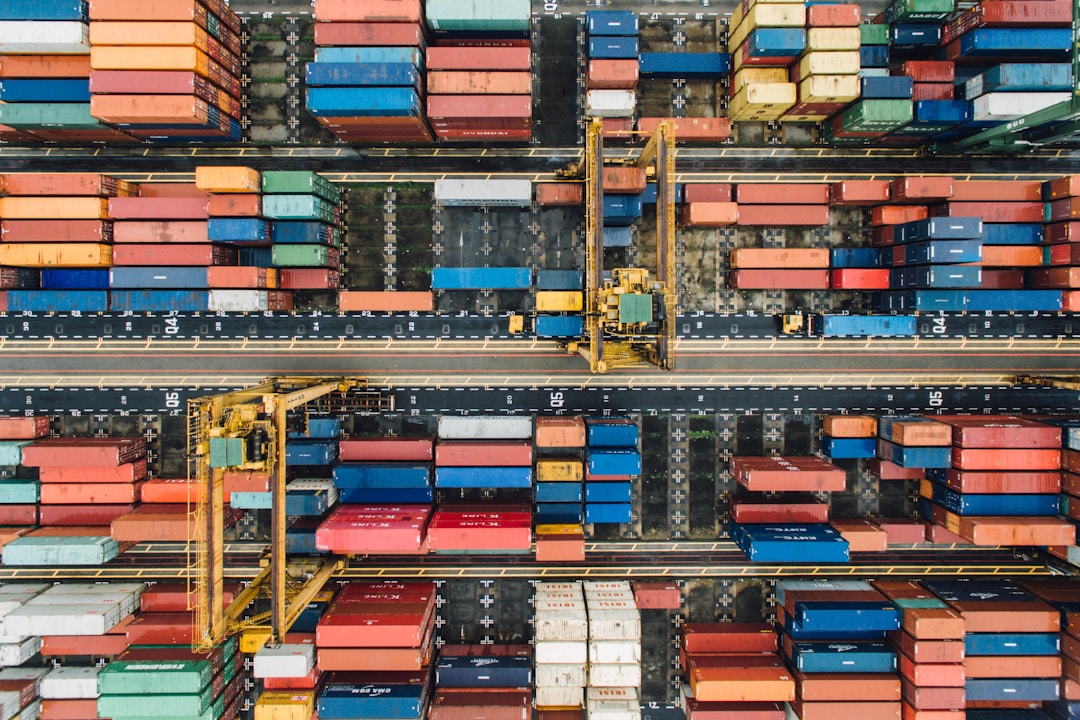While you probably don’t think about it as a consumer, there’s a lot of logistical legwork that goes into both the manufacturing and shipment of the products you use each week. Before you ever receive a package on your doorstep or pull an item off the shelf, there are many logistical hoops in the production process that that item has gone through to reach you in such consistent packaging. Especially with delivery becoming the norm for so many people because of COVID-19, durability, efficiency, and reliability have become even more important when it comes to packaging.
Take, for example, a product like spring water. Cartons of natural spring water need to be packaged and shipped in a specific way so that the spring water doesn’t freeze in transit. Simultaneously, water delivery often involves shipping cartons of pure spring water that can weigh a lot, so it’s vital to have strong packaging and cases if you’re a company that manufactures and sells mountain spring water or mineral water. The packaging systems you use are just as important in this industry as your customer service approach. If a busted bottle of water arrives, a customer is likely to have a bad experience with your company as a result. Read on to learn more about how different products get manufactured and shipped throughout the world.
How does the manufacturing process work?

When it comes to the manufacturing stage of any product, there are all sorts of nuances based on the specific industry you’re investigating. For example, in the world of plastic toys, a 3D model may be created and shipped to a factory overseas, and prototypes might be made. From there, different injection molding techniques can ensure that a consistent toy is crafted each time. When it comes to manufacturing food products, the process is generally broken down into multiple, simple steps, and a mixture of automation and human oversight contributes to the assembly line. Automotive manufacturing also breaks things down into smaller manufacturing tasks and then assembles the vehicle from a host of smaller components.
How does packaging work?

While some products need packaging, others don’t. Different types of packaging equipment may be necessary, depending on the type of product you’re manufacturing. For example, in the example earlier about natural spring water or mineral water, it’s important to have a case packer and a case sealer, which can ensure that the right number of bottles are in each case. Sometimes cases start as flat pieces of cardboard that must be shaped and glued into a new custom form to provide the case’s shape. In these sorts of situations, case erector automation makes easy work of managing the construction of cases before they get filled. Some box erectors offer advanced packaging options, such as bottom-seal cases, which allow for different specifications and configurations. Like in the manufacturing process, the right case erector automation tools can make a big difference in a factory’s efficiency.
How are products shipped all over the world?

Distribution channels are often handled by companies that act as middlemen in the manufacturing and packing process. That being said, in some situations, it might be common to have a few different distribution channels, including direct-to-store sales as well as shipments to larger wholesale entities. Generally, most logistics are managed by the business creating the product itself; however, there are plenty of distribution centers you can work with to improve your shipment process and scale sales of your business. Just as you would trust a specialized tool to help you during blueprint automation of your business, consulting with an expert in distribution is ideal for ensuring your products make it from point A to point B in none piece.